The R33 Nissan Skyline GT-R Is Still a Hero Worth Meeting
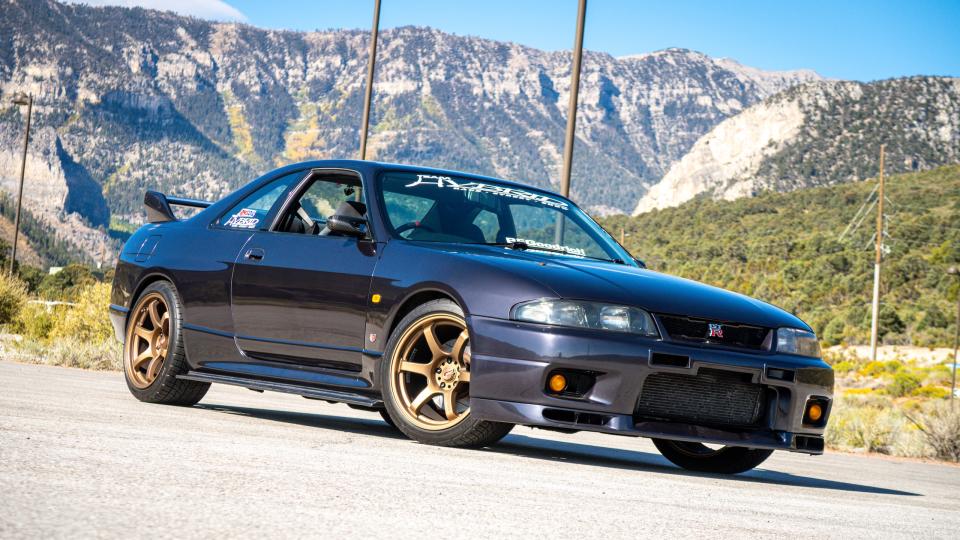
Great underdog stories can be found everywhere, even amongst a family of giant killers and kingslayers like the Nissan Skyline GT-R. Heralded as the video-gamey coming of a high-tech age, the Skyline GT-R is now gray in the temples with aching joints, back pain, and a mythic reputation. OK, it’s not that geriatric, but it’s lived long enough to have amassed a cult-like fanbase.
Look at any car movie or racing game from the past 20 years. Few cars get Zillenials more hot, bothered, and frothing at the mouth than these things. However, the R33 generation remains a black sheep. Nearly three decades after its release, I got my hands on an R33 GT-R to see how well it stands to both the test of time and its own middle-child stereotypes.

The Black Sheep of The Family
The R33 Skyline GT-R, produced from 1995 to 1998, was a great car with a solid foundation. It utilized the mighty RB26 twin-turbo straight-six, a robust iron-block unit pushing 276 horsepower and 260 lb-ft, or at least that’s what Nissan under Japan’s informal gentlemen’s agreement says it does. In reality, you were a disconnected boost restrictor away from routing 320 to 330-ish hp to Nissan’s ATTESA all-wheel-drive system through a five-speed manual.
It was the first of its lineage to lap that one famous German track James May hates in under eight minutes, over 20 seconds quicker than the R32. Best Motoring proved it could tear through a quarter-mile drag quicker than that car, too. And yet, it still became the redheaded stepcar of the Skyline dynasty.
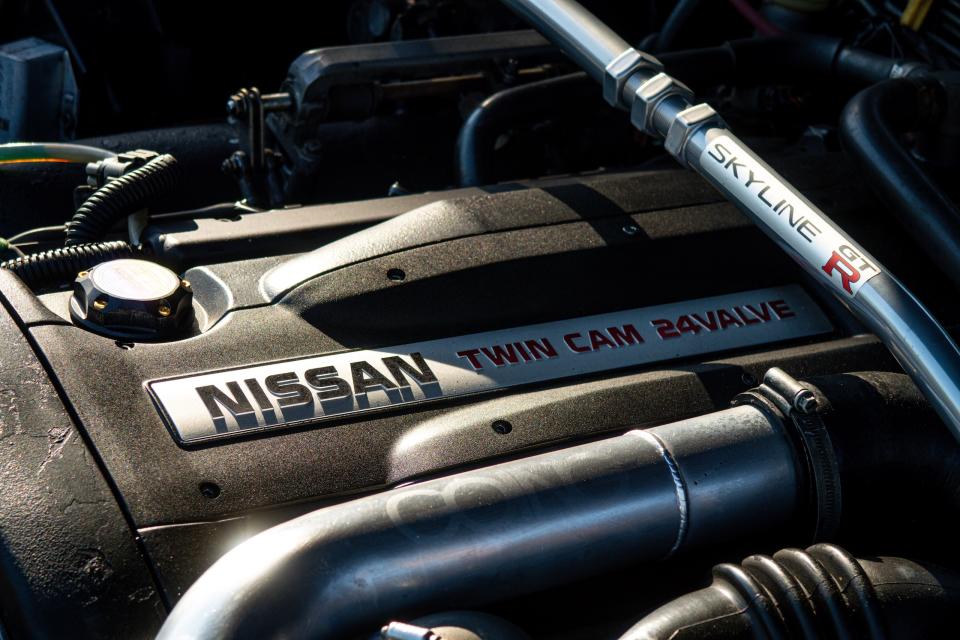
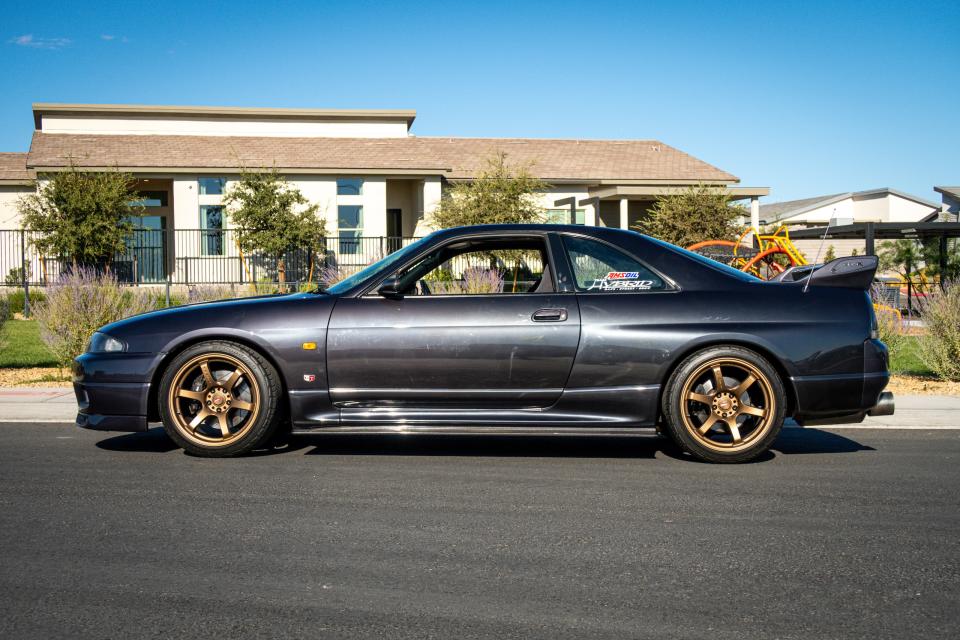
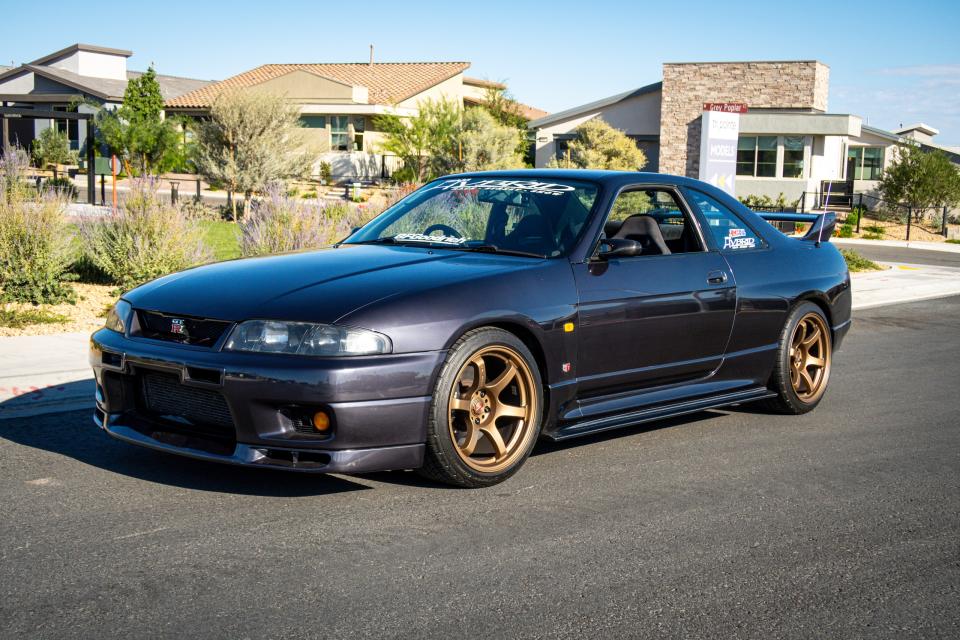
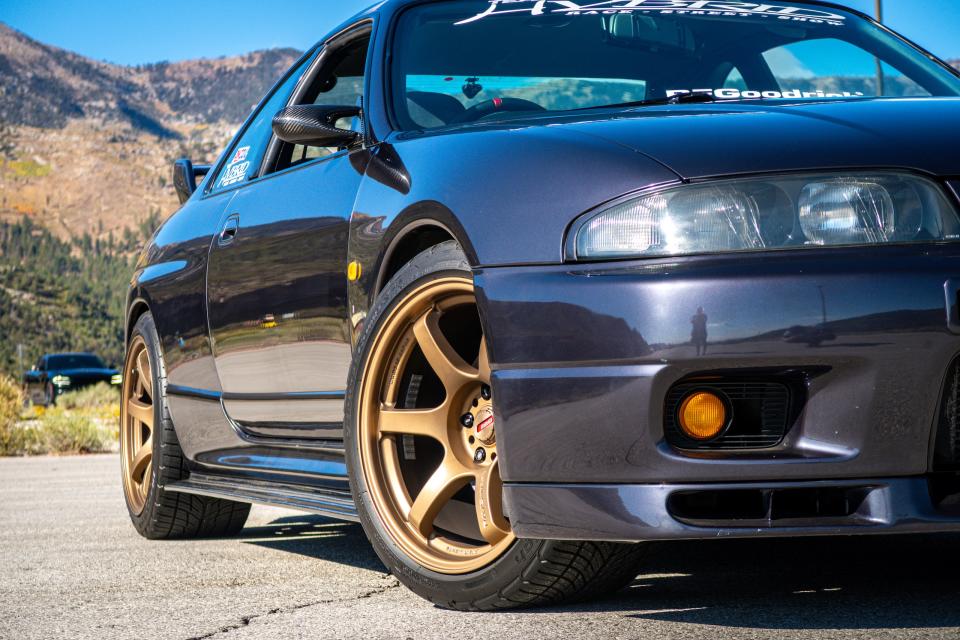
It was longer, heavier, and a tad rounder than the R32, and it’s not the Digital Polyphonified giant slayer the R34 GT-R was when it stole hearts across games and movies everywhere. Despite being nearly as successful as the R32 in JGTC racing, people are quick to dismiss the R33 as somehow less interesting. Oh, and some middle-aged chump with abhorrent driving mannerisms in a goofy racing anime said it sucked, so that didn’t help.
“They’re just the middle child Skyline, and they always will be,” owner Chris “Token” Malloy tells me. “More people just love the R32s and R34s. They have their own distinct reputations, so people forget what these cars were actually capable of.”
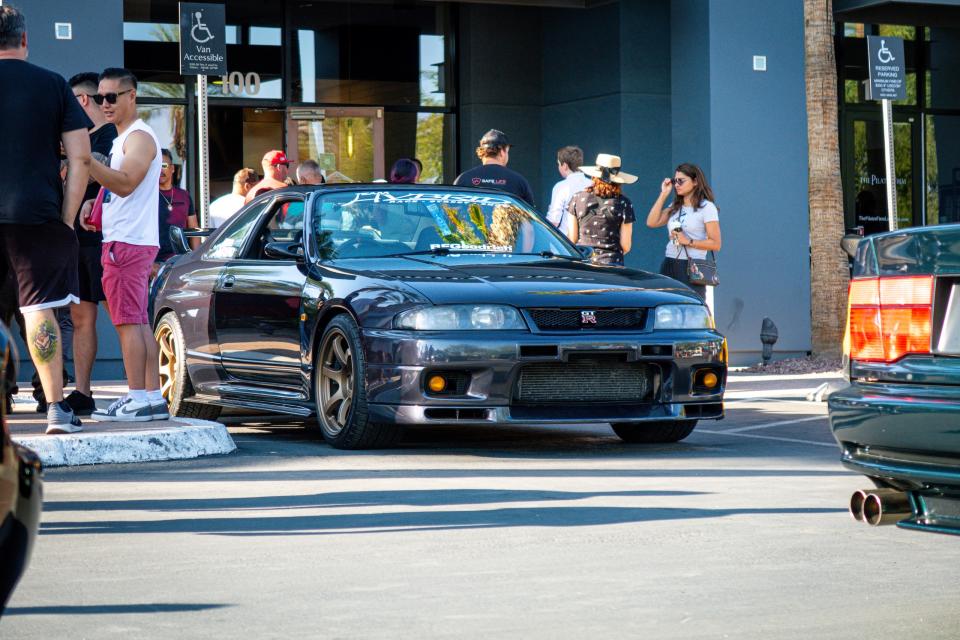
Token, an ambassador of Vegas’ Paddock Auto Club and member of a local Team Hybrid tuner club chapter, is a harbinger of tuner car culture and the Las Vegas car community. One of his mission statements as a highly active community member and in-your-face Nissan fanboy is to highlight the charms of every mildly interesting Nissan, including R33 Skylines, even now while the newly arrived R34s are taking the market by the neck.
Token’s car, which he admits is no concourse winner, is a stout, near-stock example of what a well-kept R33 can be. No stratospheric power numbers or big turbos here. Instead, there’s a pair of stronger ceramic turbos from an R34 GT-R N1 track special, a custom single-exit exhaust, Blitz intake, HKS intercooler piping, longer-duration Tomei cams, a Nismo clutch, and a heap of completed maintenance items. Even the HICAS rear-wheel-steering system remains connected.
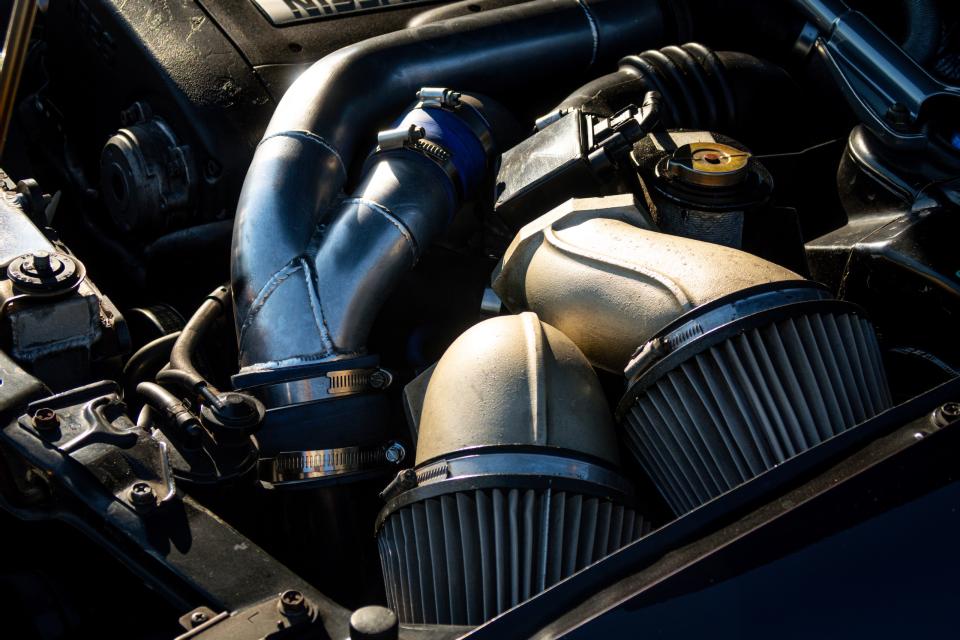


As for this long-fabled driving experience? Pretty damn good. In fact, I’d go out on a limb and wager it’s every bit as enjoyable as today’s sports cars for similar, if not less, money–Token coughed up $52,000 for his.
No. Scratch that. It drives better.
Powertrain of The Gods
RB the world! With the aforementioned mods, Token guesstimates 380 to 400 crank hp. Props to him for keeping it OEM+ with N1 twin turbos because it’s a wonderfully linear and controllable 380-ish hp. There’s hardly any perceptible lag, even though you know it’s lurking around. Once that boost needle starts creeping, the car surges in a progressive, confidence-inspiring manner.
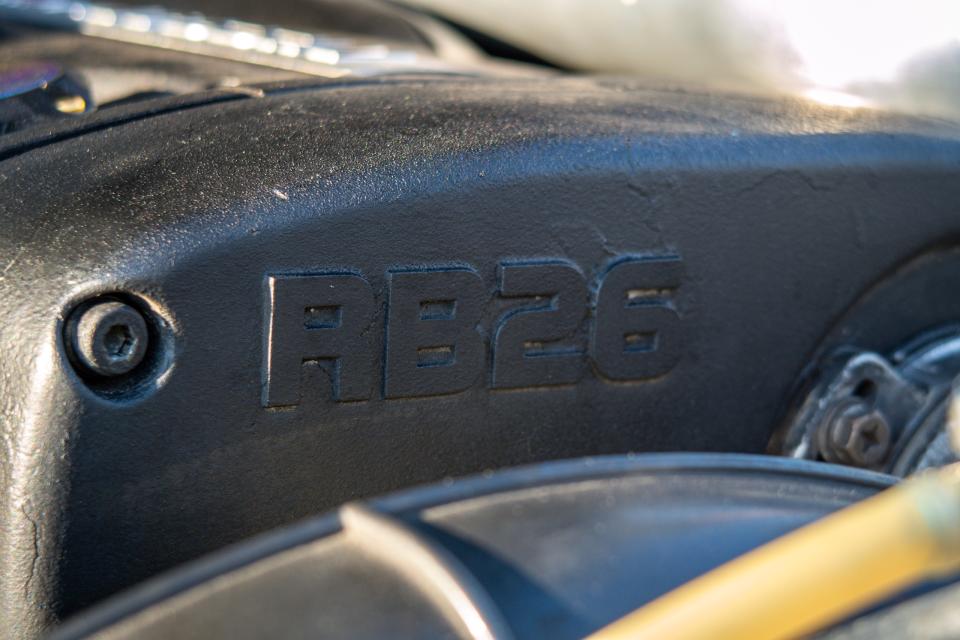
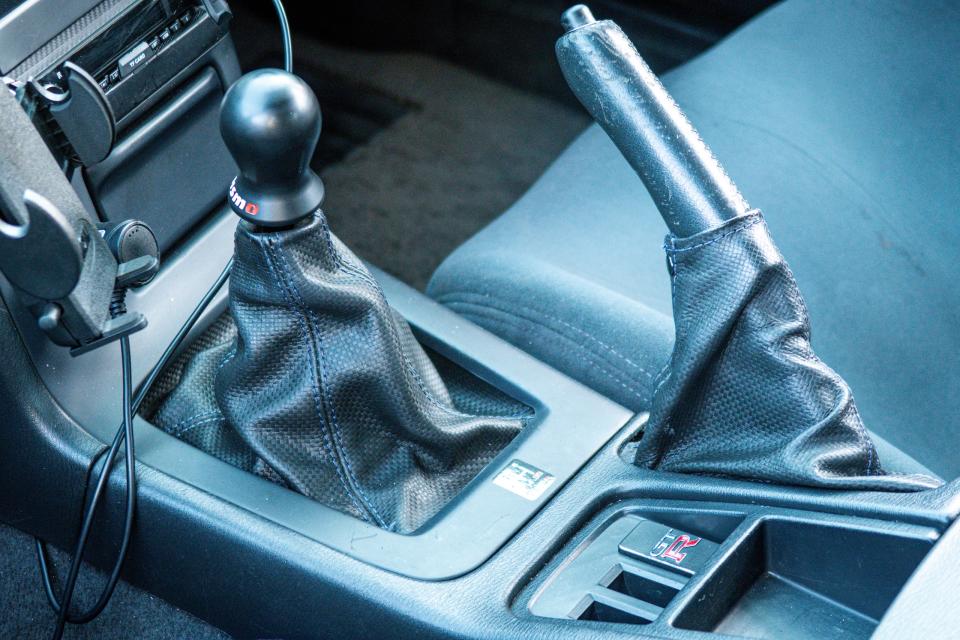
It’s a flexible and addicting powerband, elongated by the five-speed manual’s tall gears and crisp shifter action. It’s no Honda shifter, and the throw can be a tad long, but it’s accurate enough to never miss a gear during your Gunsai Touge daydreams. However, this example’s hefty, long-travel Nismo clutch had a bit of a learning curve.
The RB26 itself is silken, plays a sonorous song, and begs to rev out. It’s like a modern BMW six-banger but with quadruple charisma, although I don’t think any current BMW straight-six revs to 8,000 rpm stock. With the Tomei camshafts, which chop slightly at low rpm, imbuing the cabin with intoxicating pulsations, Token believes he can push to 9,000 like Nismo-tuned Skylines.
Powertrain hype? Earned. Even without neck-snapping horsepower.
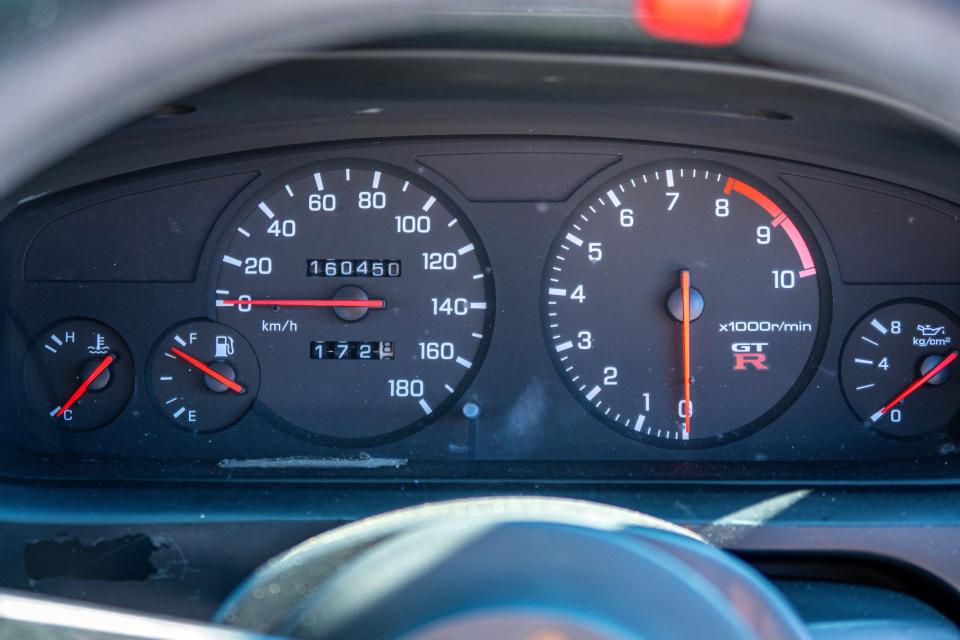
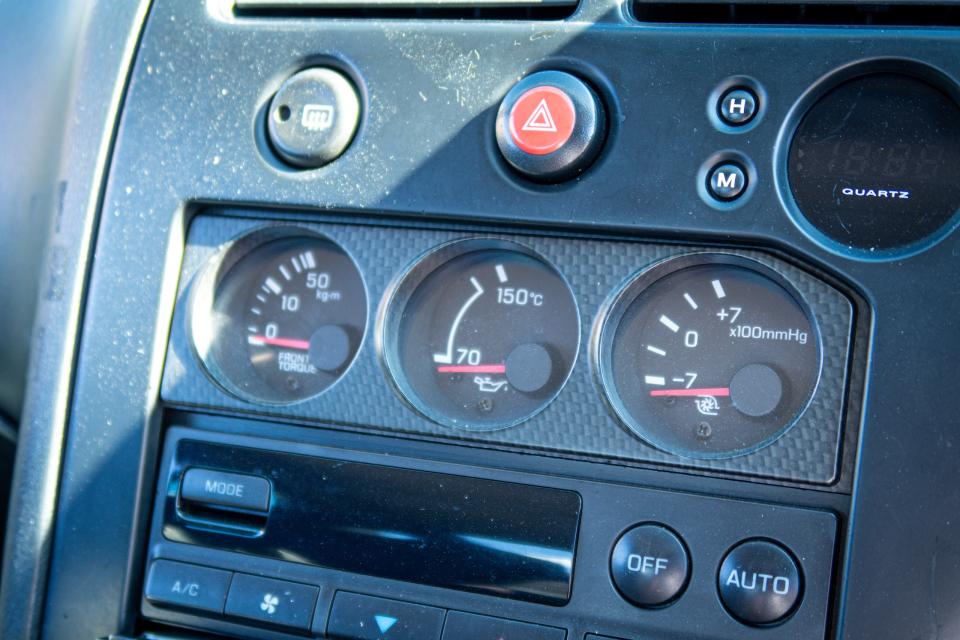

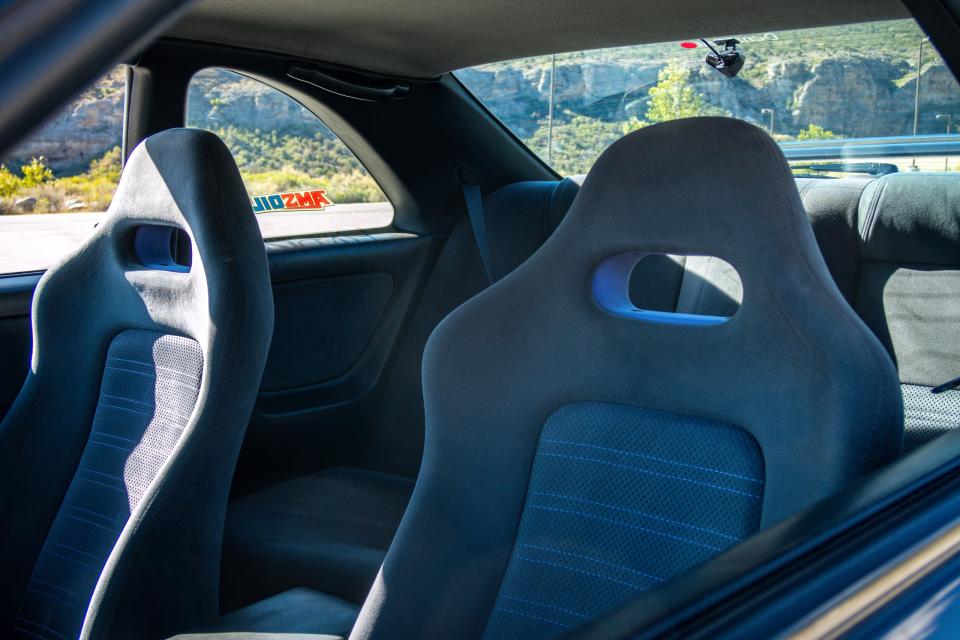
A Chassis Just Like Baasan Used To Make
The chassis is equally endearing. Although I didn’t cane this Skyline on account of its aging coilovers and that it has to stay intact and tree-stump-free for SEMA, its on-track potential is unquestionable from the way it turns in, settles down, and holds a line through the sweeping corners of the mountains outside Las Vegas. At an estimated 3,400 pounds, it’s 250 pounds heavier than the svelte R32 but just a smidge lighter than today’s Z, and it might as well be a Lotus compared to the R35 GT-R, which flirts with the two-ton mark.
Its relatively low weight and long wheelbase result in sharp handling and unflappable high-speed stability, but it’s also surprisingly comfortable for everyday use, even with old coilovers and larger aftermarket wheels. The R33’s chassis is a certified ripper while still soaking up atrocious Nevadan potholes and expansion joints with refinement some modern cars lack.
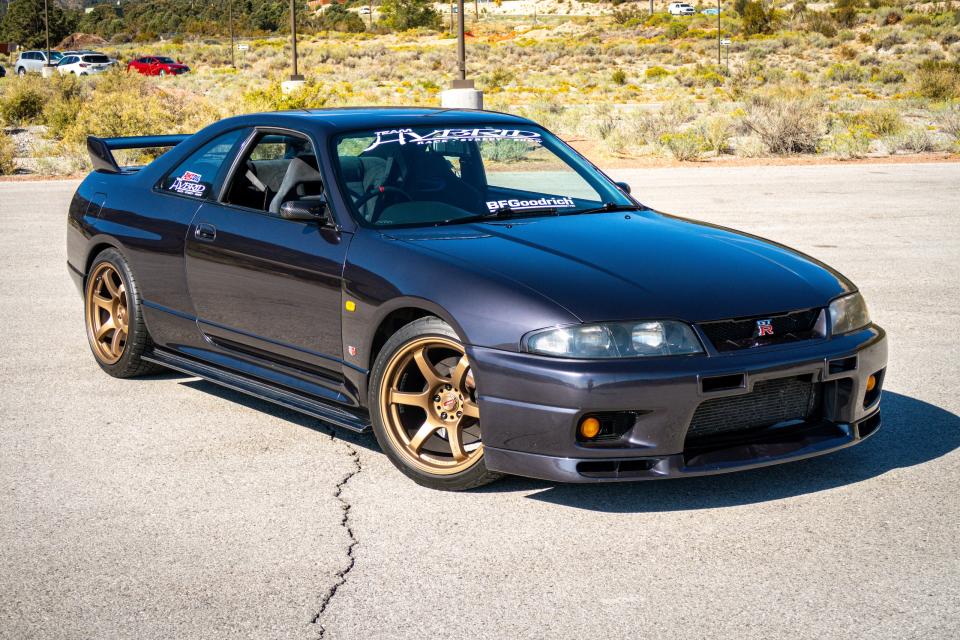
V-Specs models get retuned suspension as well as more aggressive all-wheel drive and differential tuning and are allegedly a big step above. I yearn to drive any R33 GT-R on track or at least attack the twisties in one with more anger in my soul… and Eurobeat in my ears.
The stock Brembos are effective, but I can sense the need for upgrades as power levels climb. At stock power or with mild upgrades, they’re perfectly adequate for canyon duty. Nothing to scoff at. But nothing special.
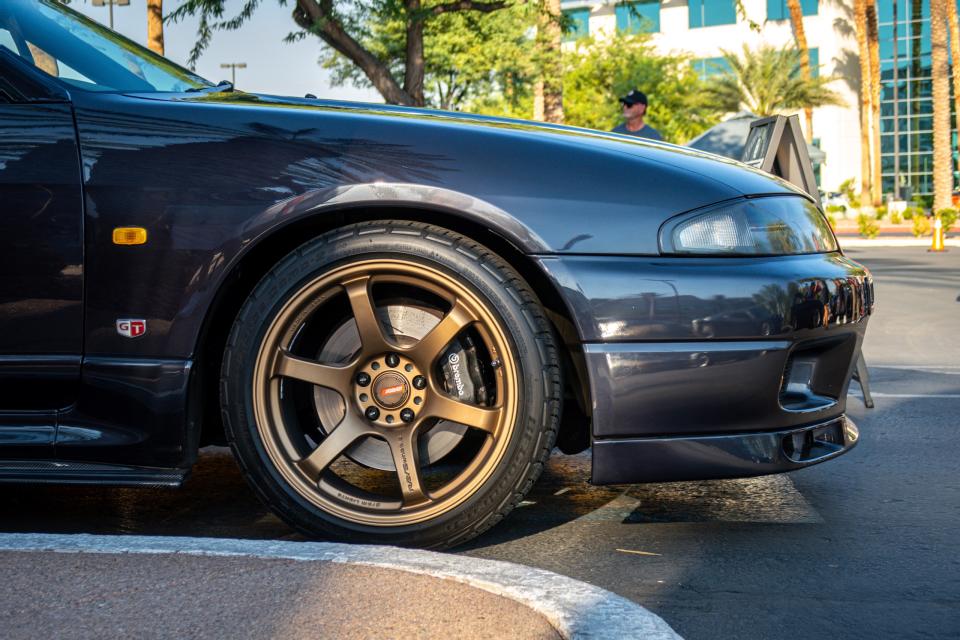
The same sentiment goes for the R33’s steering. It doesn’t brim with life, but it’s still a throwback to how sports car steering used to be, with faint reverberations of the road surface transmitted to your fingertips. Not too heavy or too light. It’s what I’d call appropriate, with a quick enough rack that’d be at home in a present-day performance car. As for HICAS, I can’t say I flogged the car hard enough on a technical enough road to feel it rear its head, but that’s perhaps to say it’s more imperceptible than I thought it’d be.
No Touge, No Problem
If you care, an R33 GT-R also makes good on that “GT” moniker. And that goes beyond the chassis’s impressive ride-handling balance. Because even Project D had to take the freeway en route to their destinations.
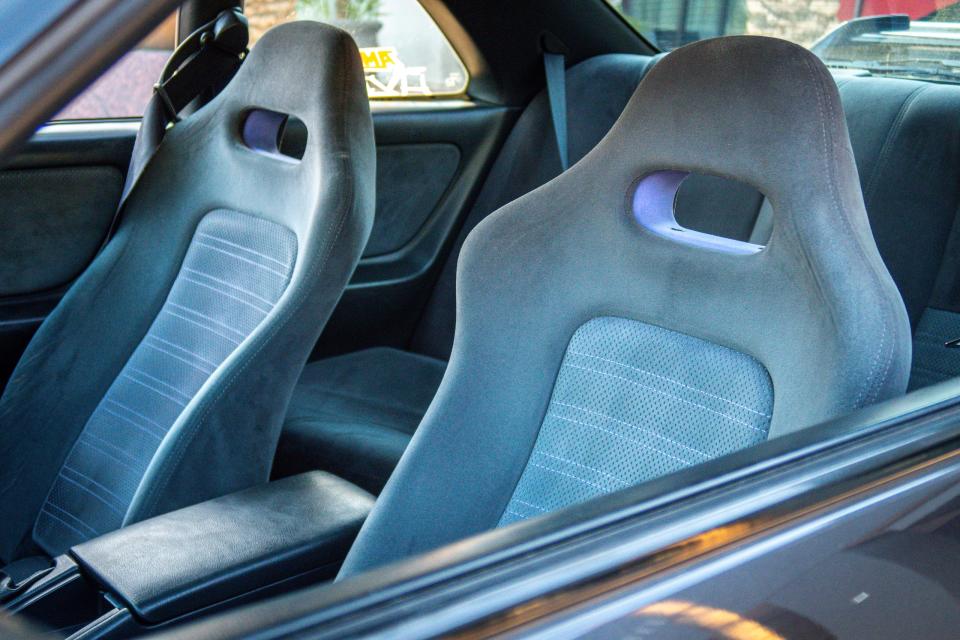


The simplistic manual seats look plainer than Wonder Bread, like poorly rendered video game assets, but contour to fit like a well-sculpted bucket, snug and comfortable. No Brides or Recaros required. Expectedly, the stereo is easily upgradable. Swap the head unit for pop-out Apple CarPlay screens like this example or a basic Pioneer single-DIN if we want to keep things old-school. A/C blows cold. The heater blows hot. All-wheel drive means all-weather traction off the line, so don’t let rain get you down.
R33s are reasonably cavernous, with ample rear seat room and acres of shoulder space. But the shallow floor makes me wonder if six-foot-plus occupants will find it as comfortable as Token and I. Crazy. It’s almost as if it wasn’t designed for us Yanks. However, the footwells for both driver and passenger are generously deep, and in typical 90s car fashion, thin pillars equal excellent visibility.
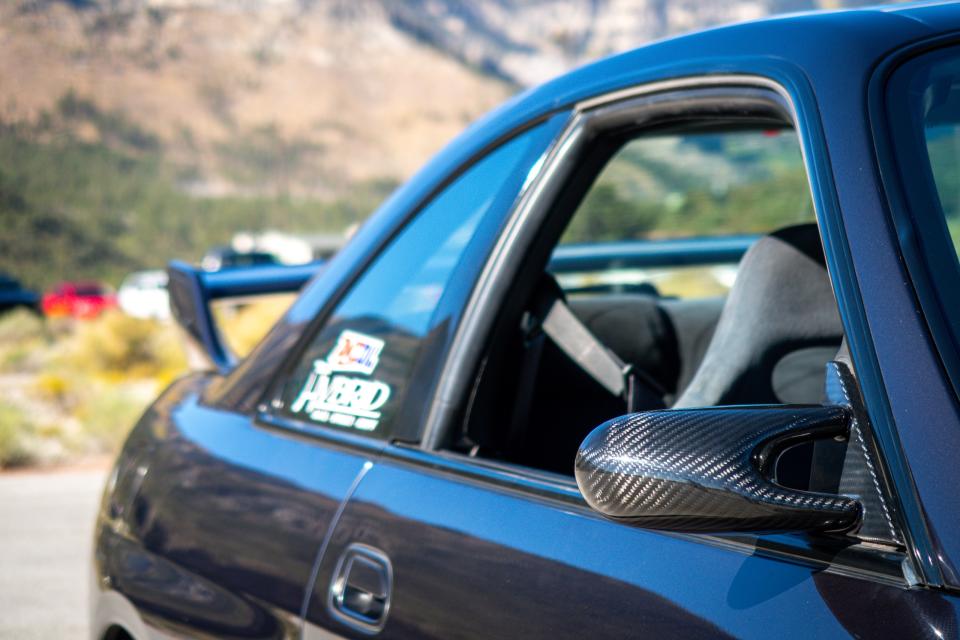
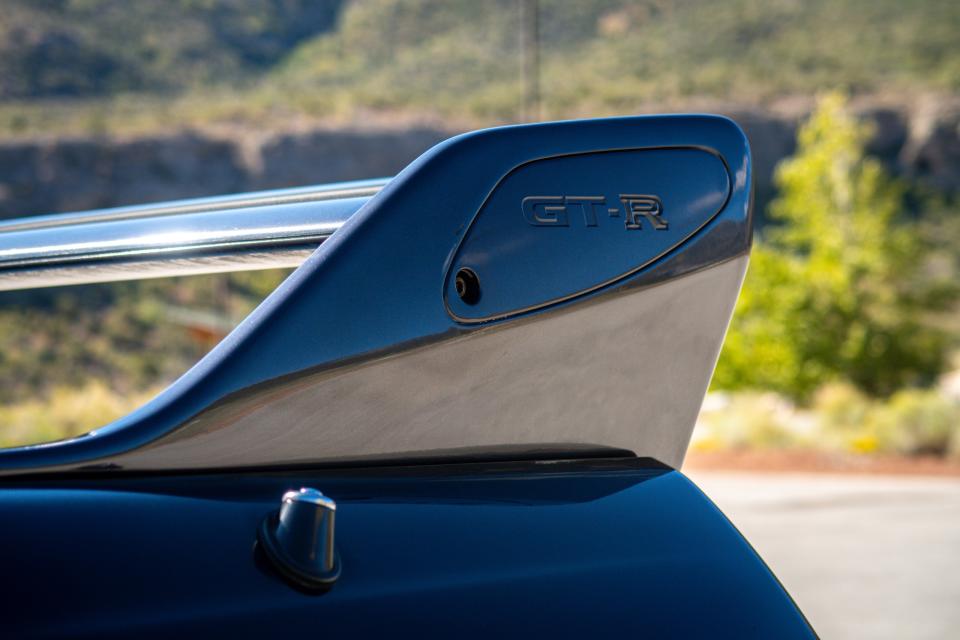

Perhaps the only other strike against these besides cabin volume is the abundance of craptastic plastics, no different from a Sentra at the time. Sure, perhaps Skylines felt like flagship bank vaults then. But time easily wears away at these panels, introducing creaks and rattles that mask any semblance of this car once being a premium product.
A Worthwhile Buy?
Score a deal like Token, and I say buy two. Or three. Slip me one, and I’ll finance it off you for 144 months. Also, set aside money each month for the eyewatering maintenance these old mutts require on occasion, depending on condition, as few checklist items ring in under $1,000.

Quips aside, the R33 Nissan Skyline GT-R remains a noteworthy driver’s car. It’s fast, charming, has an infinite aftermarket from which to pillage, and its spread of talents encourages its use as a grand tourer and daily driver. That’s no hyperbole. I mean, successful Japanese businesspeople did exactly that 25 years ago, so why can’t we?
The answer depends on how much you really want this car and what you want in a four-wheeled plaything. If one requirement starts with a “W-” and ends in “-arranty,” obviously don’t kid yourself. If your cross-shopping list also includes pre-owned Porsche Caymans, 911s, or BMW M cars, you may end up with an objectively better car going with one of those but with no more charisma—and possibly even far less.

But if you’re deluded like me, yearning for Gran Turismo fantasies on a budget that doesn’t necessitate a mortgage to cover it, the R33 GT-R will scratch that itch. To hell with any stereotypes of its perceived inferiority. Take it to Cars & Coffee, the canyons, and everywhere in between. As Nissan’s premium sports car always has and always will, an R33 GT-R stands as a rare case of “Actually, go meet your heroes,” rewarding owners with all of the theater, refinement, and performance we dreamt about when we first clapped eyes on these through CRT TVs all those years ago.
1995 Nissan Skyline GT-R Specs | |
|---|---|



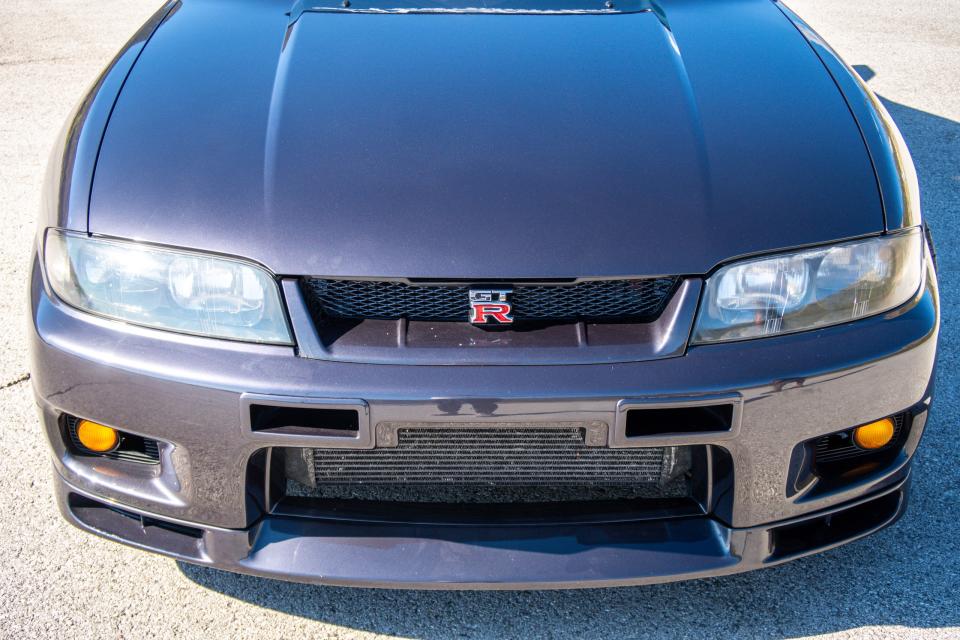
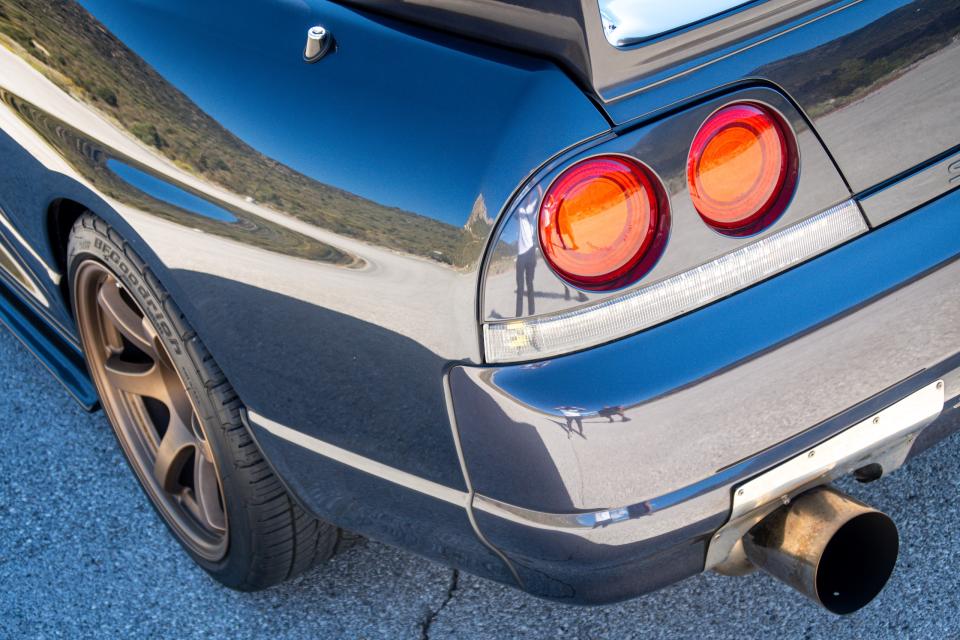

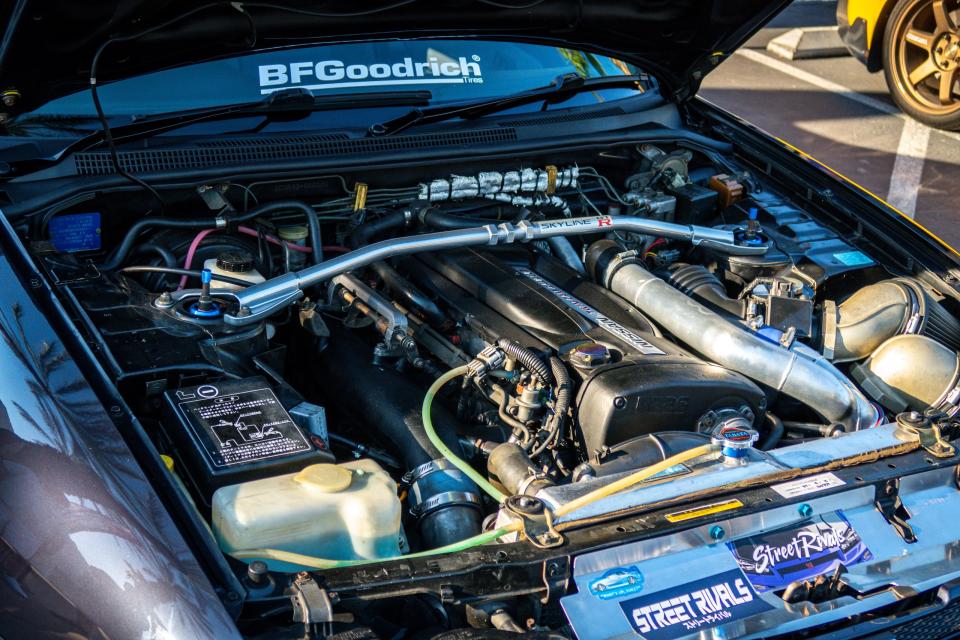
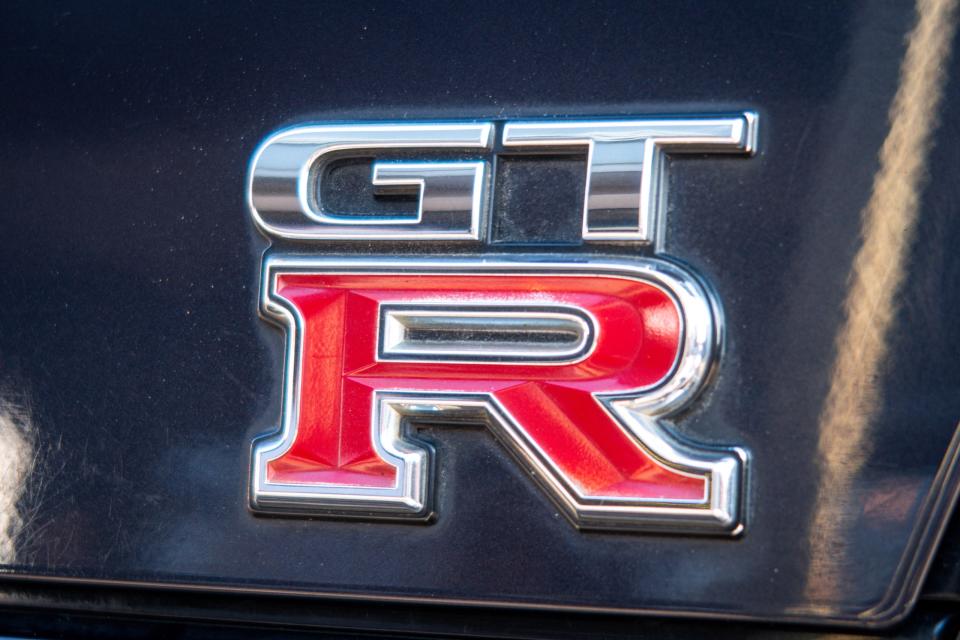
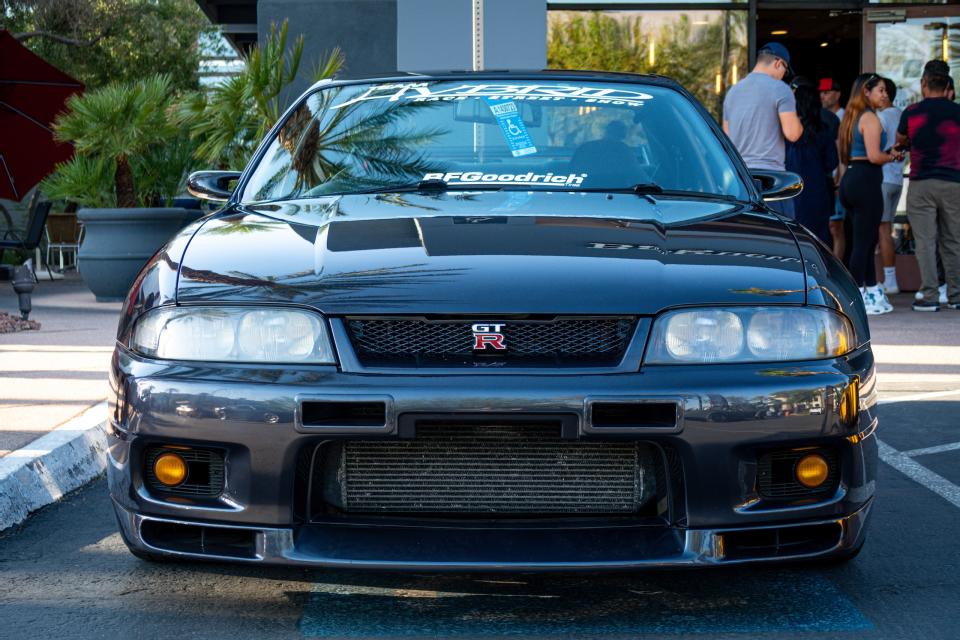
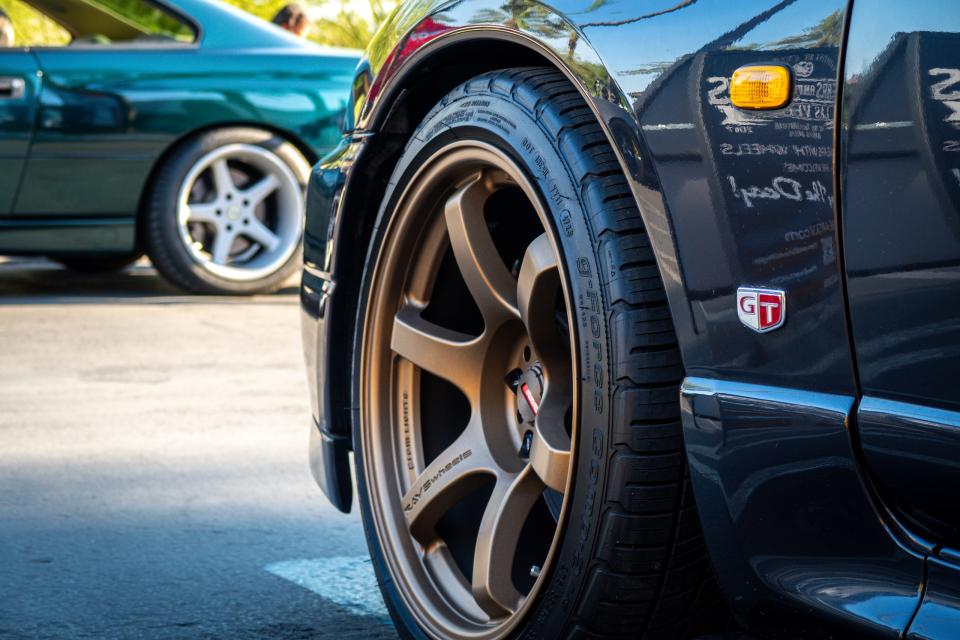
Got tips? Send ’em to tips@thedrive.com

 Yahoo Autos
Yahoo Autos 